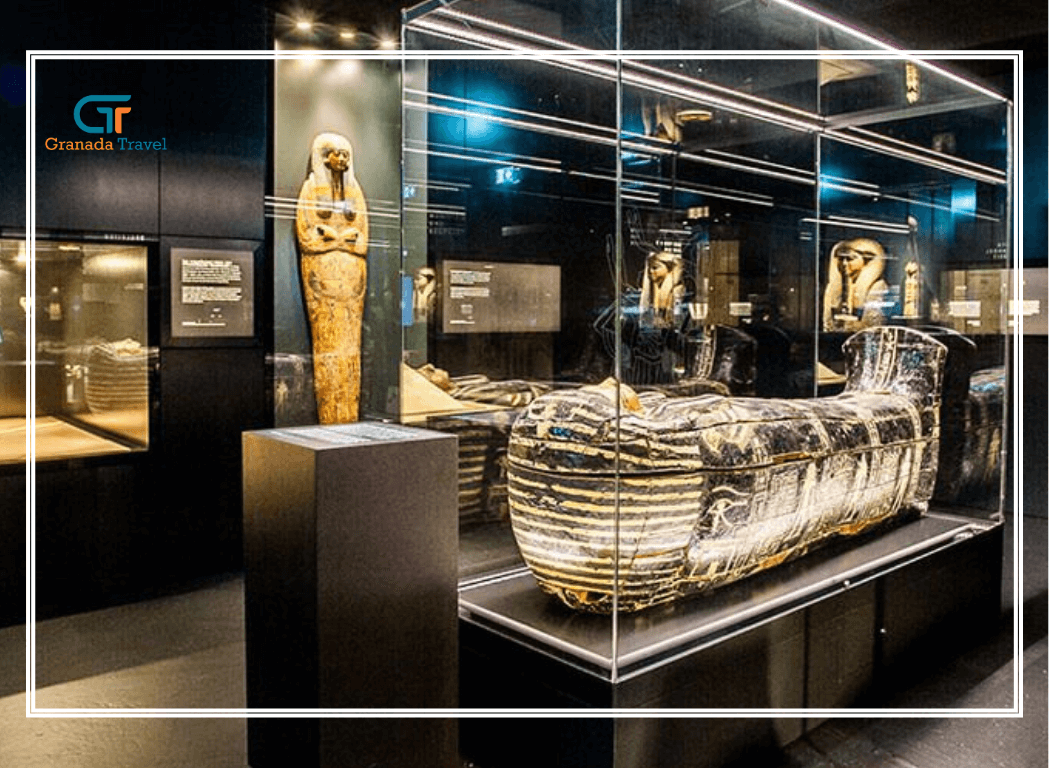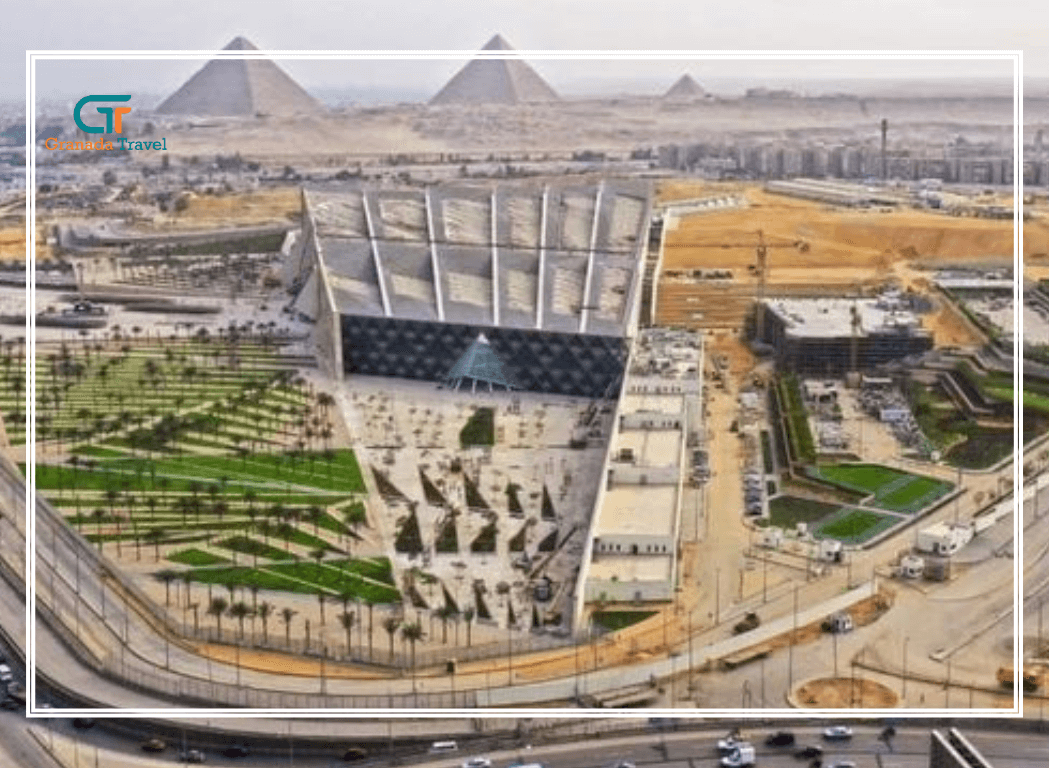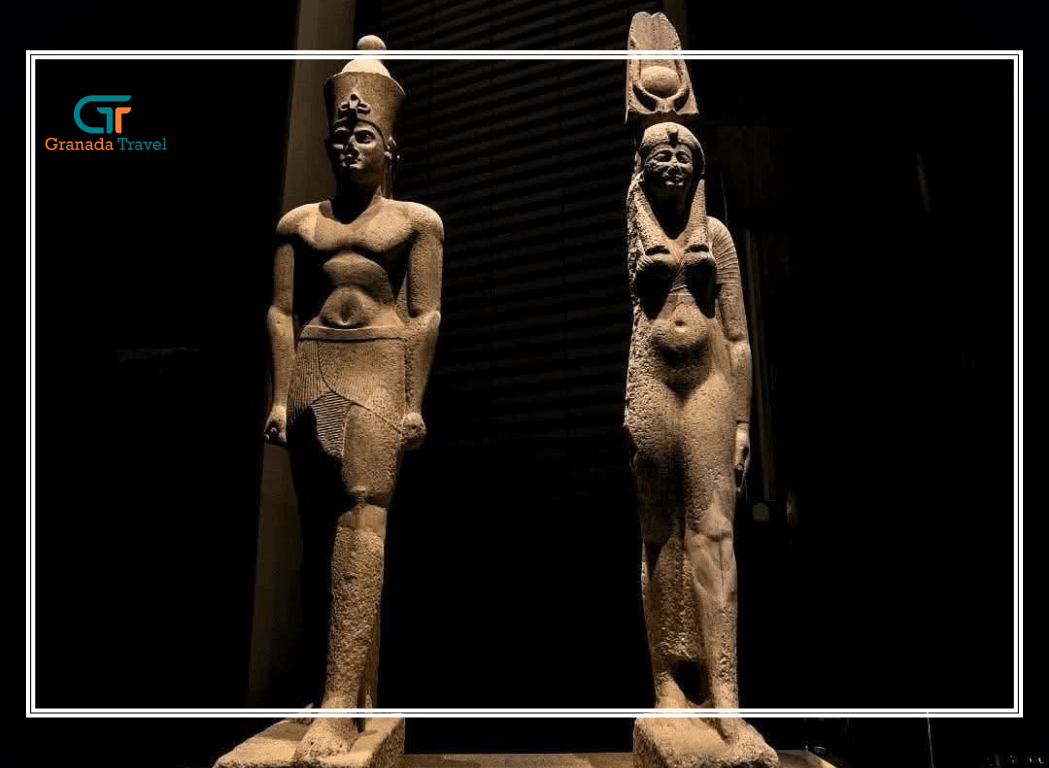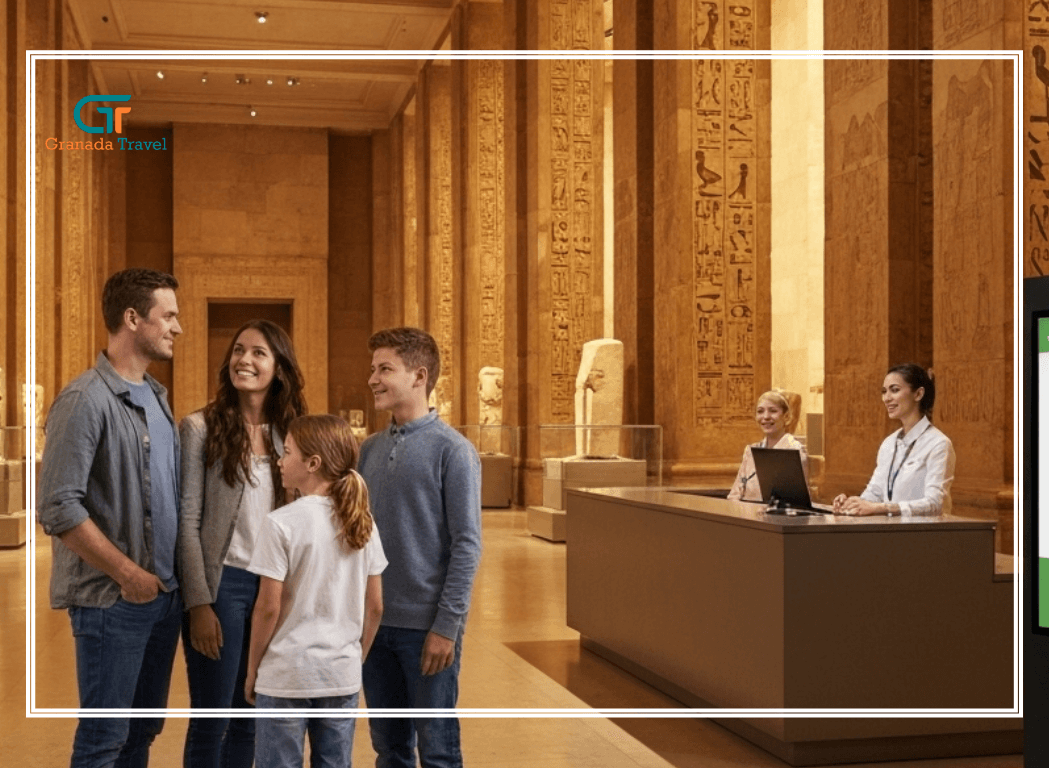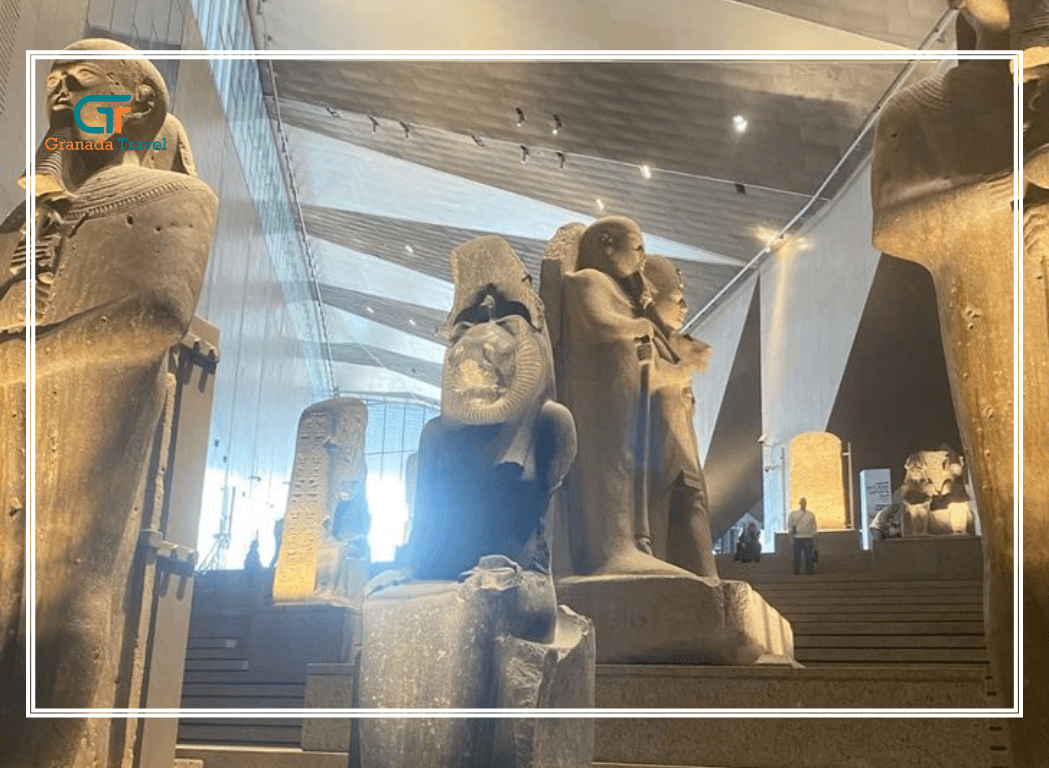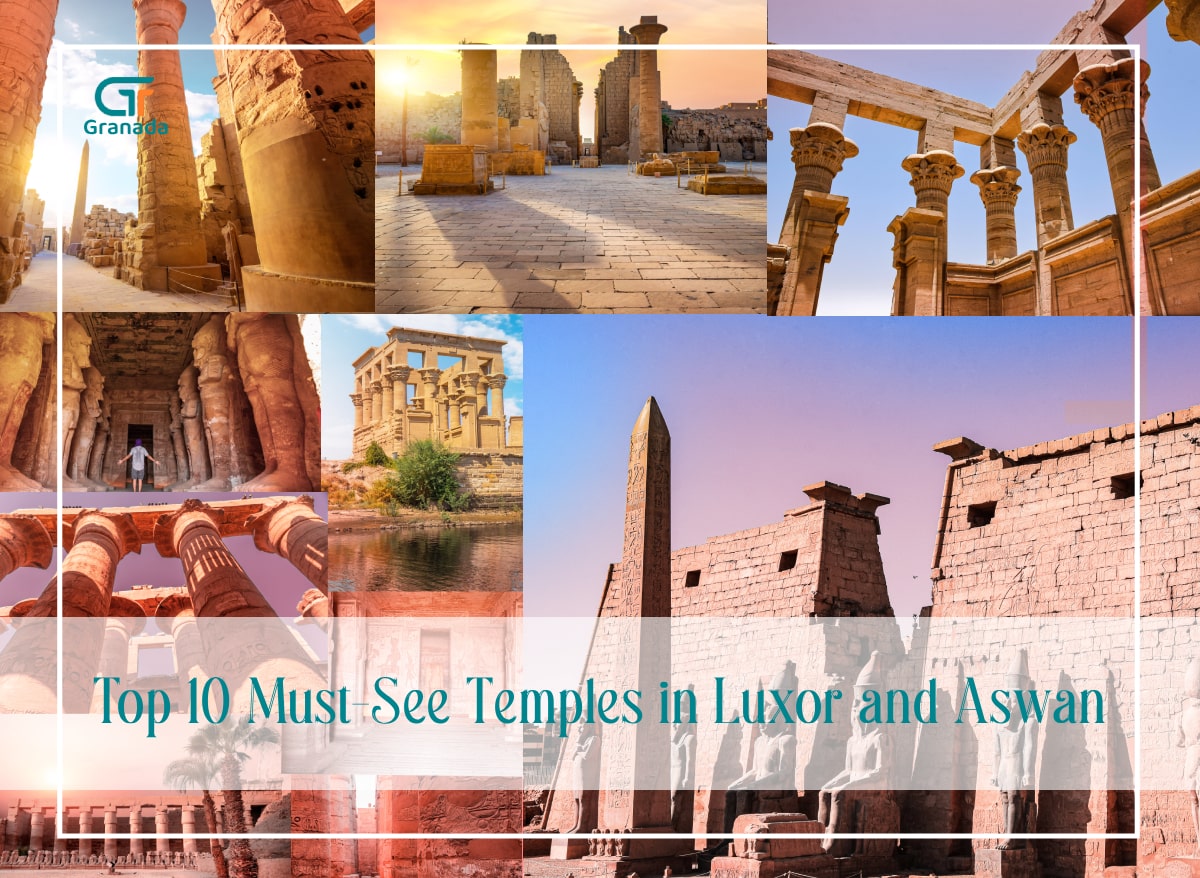
Top 10 Must-See Temples in Luxor and Aswan
Have you ever dreamed of walking through an open-air museum, where every stone tells a story that dates back thousands of years? Visiting the temples of Luxor and Aswan in Egypt is not just an ordinary sightseeing tour, but rather an extraordinary journey into the very heart of ancient Egyptian civilization, where warm magic surrounds you at every step.
In Luxor, you will find the majestic Karnak Temple, a vast complex where the echoes of pharaonic power still resonate, and the grandeur of the ancient Egyptian kings is reflected in its towering columns and sacred pathways. On the other side of the Nile, the magnificent Valley of the Kings awaits, where Egypt’s greatest rulers rest eternally in tombs carved deep into the mountains, adorned with breathtaking scenes depicting the afterlife.
As you continue south to Aswan, the enchantment of your journey deepens with the legendary Abu Simbel Temple, the masterpiece of Pharaoh Ramses II. Twice a year, the rays of the sun align perfectly to illuminate the Holy of Holies, creating a spectacle unlike anything else in the world.
Together, these iconic landmarks create an unforgettable journey that connects you with the greatness, glory, and mysteries of ancient Egypt and its eternal spirit.
Luxor and Aswan Temples: From Karnak to Abu Simbel and the Valley of the Kings
Luxor is famously known as the world’s largest open-air museum, a city where every step you take immerses you deeper into history. Built on the ruins of the ancient city of Thebes, Luxor embodies both the spiritual power and the artistic genius of ancient Egypt. The Nile River gracefully divides the city into the East Bank and the West Bank, each offering a different glimpse into the grandeur of the past. From awe-inspiring temples such as the Karnak Temple to the hidden wonders of the Valley of the Kings, Luxor is a true treasure trove of temples, tombs, and monuments, making it a dream destination for every traveler fascinated by the ancient world.
Karnak Temple – The Heart of Ancient Worship
The Karnak Temple is one of the timeless gems of Luxor, standing as one of the largest religious complexes in history. It was dedicated to the Theban triad: Amun, Mut, and Khonsu, and was expanded over 2,000 years by generations of pharaohs. As you step into the Great Hypostyle Hall, you find yourself surrounded by 134 towering columns, intricately carved with ancient hieroglyphics that recount tales of victories, wars, offerings, and divine blessings. The temple was not only a place of worship but also a political, cultural, and social center, where pharaohs demonstrated their power and divine connection. It was from here that grand festivals such as the Opet Festival began, when statues of the gods were carried in majestic processions.
Today, Karnak Temple continues to astonish its visitors with its immense scale, profound spirituality, and sacred atmosphere, making it one of Luxor’s most iconic landmarks.
Valley of the Kings – Gateway to the Afterlife of Pharaohs
On the west bank of the Nile lies the mysterious Valley of the Kings, which is considered the burial place of the greatest rulers of Egypt in the New Kingdom. Unlike the exposed pyramids, these tombs were carved deep into the rocks to hide the treasures of the ancient Egyptians and to ensure their safe journey to the afterlife according to their beliefs.
The Valley of the Kings includes more than 60 carved tombs decorated with stunning paintings that depict gods, rituals, and spells from the Book of the Dead. The tomb of Tutankhamun is one of the most famous discoveries, found intact in 1922, with its astonishing treasures.
Walking inside these tombs is not just an archaeological visit, but a spiritual journey into the beliefs of the ancient Egyptians, where death was seen as the beginning of eternal life. The Valley of the Kings remains one of the most fascinating sites in the world, revealing secrets about life and death as imagined by the ancient Egyptians.
The Magic of Aswan – Where Serenity Meets Timeless Beauty
Aswan is not just a city; it is an extraordinary experience, a rare blend of tranquility, color, and timeless charm.
Located in southern Egypt along the banks of the Nile, Aswan offers a contrast to the grandeur of Luxor’s imposing temples. Here, beauty takes a softer form of golden deserts, lush green islands, and a peaceful atmosphere that captures every heart.
Once the gateway to Africa and an important trading hub in ancient times, Aswan stands as a living canvas that unites Nubian culture, Pharaonic heritage, and breathtaking nature. From the rock-cut temples of Abu Simbel to the graceful feluccas sailing across the Nile at sunset, the city immerses its visitors in a dreamlike journey.
In Aswan, history and serenity merge, offering a magical escape where the past whispers through every breeze and the soul finds peace.
Abu Simbel – Ramses II’s Masterpiece
The Temple of Abu Simbel was commissioned by Pharaoh Ramses II in the 13th century BC and carved directly into the sandstone cliffs.
Its grand façade is dominated by four colossal statues of Ramses II, each towering 20 meters high, exuding awe and majesty to all who approach. Inside, the walls are beautifully decorated with intricate carvings narrating the victories of the pharaoh most notably the Battle of Kadesh affirming his status not only as a king but as a god.
What makes Abu Simbel truly extraordinary is its astronomical phenomenon that occurs twice a year, in February and October. On these dates, the rays of the rising sun penetrate the temple’s inner sanctuary, illuminating the statues of Amun, Ra-Horakhty, and Ramses II himself, while the statue of Ptah, the god of darkness, remains in shadow. This marvel is a striking testament to the genius and astronomical precision of the ancient Egyptians.
Abu Simbel also stands as a modern success story in heritage preservation. In the 1960s, the construction of the Aswan High Dam threatened to submerge the temple under the rising waters of Lake Nasser. In a remarkable international effort led by UNESCO, the entire temple was relocated piece by piece to a higher location.
Today, it remains an eternal witness to the brilliance of both ancient and modern Egypt.
Experiencing Festivals and Cultural Events
Here, dear visitor, let me clarify that the magic of Luxor and Aswan is not limited to exploring the temples alone. Your journey extends to include vibrant festivals and cultural events. At Abu Simbel Temple, thousands gather every year to celebrate the astronomical phenomenon of the sun alignment, surrounded by lively music and artistic performances.
Meanwhile, in Luxor, traditional folk shows and musical concerts are held beside the temples, offering you a unique opportunity to witness the ancient past meeting the present. These events are not just celebrations, but timeless experiences that allow you to feel the depth and spirit of the place, making you relive the same awe the ancient Egyptians once felt before the grandeur of their temples.
Practical Tips for Visiting Luxor and Aswan Temples
- Best Time to Visit: From October to April, when the weather is pleasantly mild.
- Entrance Tickets: It’s recommended to buy combined tickets that cover multiple sites such as Karnak Temple, the Valley of the Kings, and Abu Simbel Temple.
- Guided Tours: Professional guides add a rich historical and spiritual dimension to your visit through their deep knowledge of history.
- Nile Cruises: A Nile cruise between Luxor and Aswan is one of the most enchanting experiences, combining relaxation with history.
- Cultural Respect: Modest clothing is preferred, and visitors are encouraged to treat the sites with reverence and appreciation for their sacredness.
The temples of Luxor and Aswan are not merely relics of the past, but eternal testaments to the genius, faith, and creativity of the ancient Egyptians. From the grandeur of Karnak Temple and the mystery of the Valley of the Kings, to the awe-inspiring beauty of Abu Simbel, each site leaves an unforgettable mark on your heart.
A visit here is not just a sightseeing tour, but a spiritual journey that allows you to walk where the pharaohs once walked, and to hear the echoes of an eternal civilization that continues to inspire the world to this very day.
So, if Egypt is on your bucket list, Luxor and Aswan should be at the very top.

